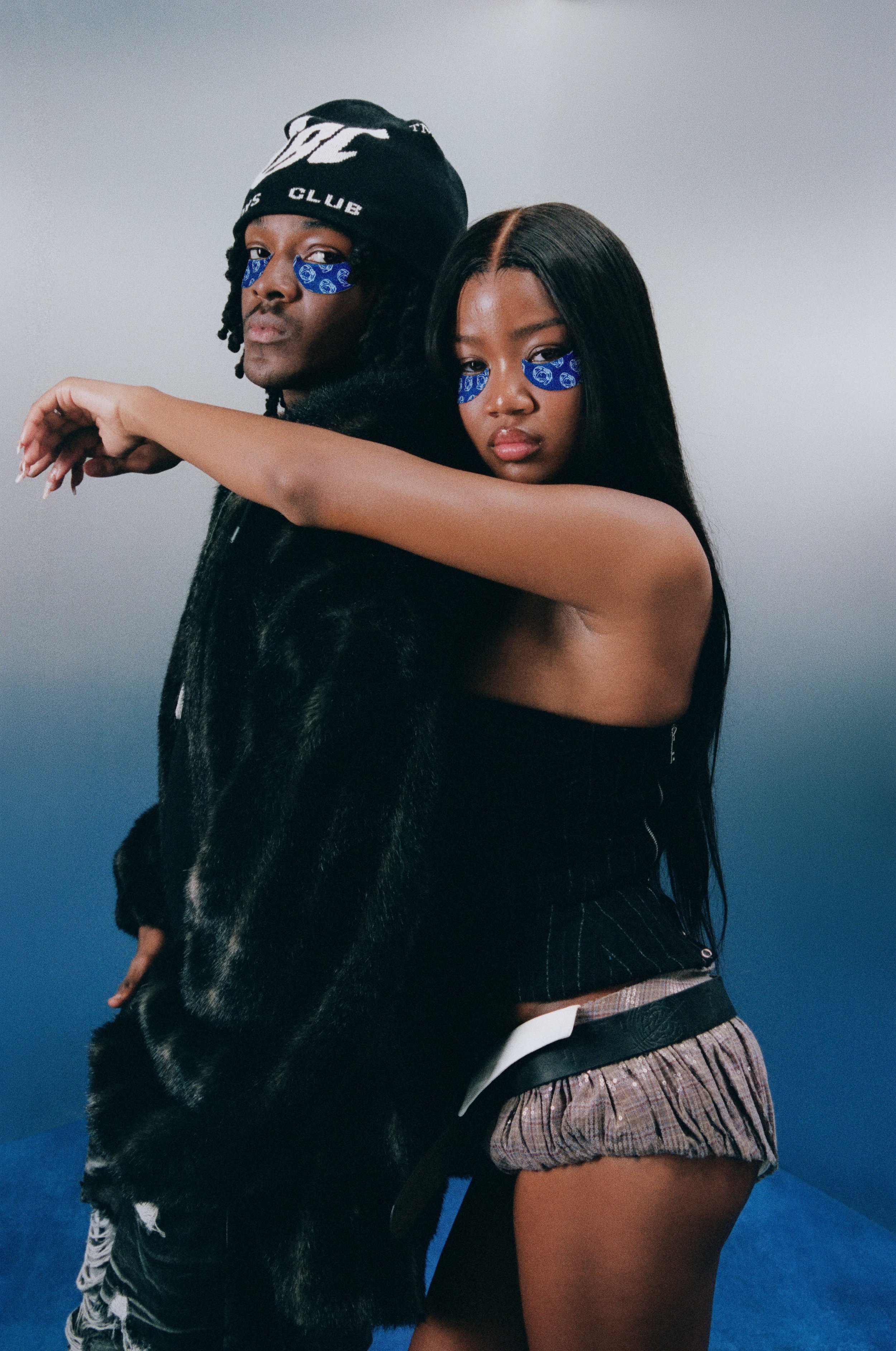How Artist Like Biggie Smalls Kept The Coogi Brand Relevant
“Please call Dr. Jays, tell them to pull all this shit down. We’re about to go live globally, and you’re about to get it,” Willie Esco, Creative Director of Coogi, said in 2014, right before the brand’s relaunch and collaboration with Rag and Bone.
His partners didn’t believe him until two hours later when Coogi was on every blog and the sweaters from the collection were sold out.
A conversation with Creative Director of Coogi, Willie Esco
Kulture Hub hopped on a Zoom call with Esco, calling in on a snowy day from New Jersey, to talk about the brand’s revivals and lasting appeal. “I’m taking my kid sledding in a bit,” he said as we started the interview.
Esco has always been in tune with hip-hop trends. Being immersed in the thriving hip-hop scene of the late 80s and early 90s, Esco’s interest in graffiti writing and breakdancing pushed him into the creative sphere. He then decided to pursue fashion.
“I JUST KNEW THAT HIP-HOP HAD A FASHION COMPONENT THAT WAS UNDERUTILIZED AND UNDISCOVERED, NOT PART OF SOCIAL DYNAMICS YET,” ESCO SAID. “BUT I FELT, BECAUSE THE MUSIC WAS GROWING, FASHION WOULD COME A FEW YEARS BEHIND.”
Willie Esco, Creative Director of Coogi
Hello, World!
To get into the Fashion Institute of Technology in NYC, Esco did two years at Rutgers and focused on illustration, which wasn’t an obvious entryway into the college.
“THAT ANGLE WAS THE HUSTLE MENTALITY THAT HIP-HOP SHOWS YOU. YOU CAN GET INTO THE SCHOOL ANOTHER WAY.”
Willie Esco
Esco carries this mentality into all of his endeavors, which allows him to thus be steps ahead of trends and fashion currents. It’s also this mindset that helped him with Coogi.
Some background on Coogi and its emergence (and resurgence) into pop culture
The Australian brand, founded in 1969, is mostly known for brightly-colored sweaters popularized by Biggie Smalls. The brand was thriving in the 90s hip-hop scene, but in the 2000s Coogi had lost some momentum.
“Coogi was interesting in that if you look at Coogi, it was a defunct brand, the first retro brand to be revived,” Esco said about the 2012 revival.
“SO, IT WAS DEAD. AND I LOOKED AT IT AS… LET ME SEE THE COMPONENTS THAT ARE INVOLVED IN IT.”
Willie Esco
Esco originally relaunched the brand in 2004 and was then brought back onto the Coogi brand team as Creative Director in 2012. A lot had changed for the brand and in the culture during those eight years.
Multiple licensing deals had diluted the brand’s luxury appeal. A name that before was a status symbol, was now plastered on mass-manufactured t-shirts and sneakers. “Coogi was in discounters, Coogi was bad shit,” Esco said.
“I SAID, THIS IS WHAT I NEED YOU GUYS TO DO: ‘STOP SELLING ALL OF THE LICENSEES, JUST GET RID OF ALL THOSE GUYS.'”
Willie Esco
A new generation of culture
Esco also saw a shift in the public. “When I came back in 2011, 2012 I noticed another generation of kids. The big difference was social media, and my partners didn’t understand it, you know my partners are old school,” Esco said.
His advantage of understanding hashtags and social media allowed Esco to then drive the 2012 relaunch of Coogi. “I basically put together the Rag & Bone deal,” he explained.
Despite the many licensing deals and rise of social media, the Coogi brand has never lost the culture’s affection.
“Coogi is kryptonite,” Esco said. “Every generation picks it up, adapts it for what they choose, you know, for how to channel Biggie.”
“IT’S AN OG BRAND, IT’S A TOOLKIT.”
Willie Esco
Esco likens it to The Matrix: “[It’s] like the old Black lady in The Matrix that Neo will come talk to. It’s like that; you can always come down and get some information. Be cool instantly.”
The power of Coogi is its acceptance of the culture
Coogi’s strength also comes from it being “the first luxury brand that accepted the culture,” believes Esco.
“The position Coogi has is sort of the godfather of opening that door to aspirational luxury products. Whereas everyone else shunned us, Coogi was the brand that accepted [us],” he said.
“We will stand the test of time because we’re looked at like an iconic sweater pattern in the business,” Esco added.
The brand’s recognizable multicolored swirls make it a living hip-hop artifact. Furthermore, with artists continuing to namedrop the brand, it’s unlikely to fade from the culture’s consciousness.
Esco is currently developing collaborations and also just having fun with the brand.
“Right now, we’re doing an ASAP Mob drop (..) and we’re doing an ASAP Yams documentary, who was buried in Coogi,” Esco revealed. He is also involved with Dropp.TV, a new platform focused on shoppable video content.
Looking towards the future, Esco can’t imagine Coogi slipping into obscurity. “I don’t see [Coogi] dying, that’s the thing,” he said.
“BIGGIE’S MYTH GETS BIGGER EVERY YEAR AND THAT’S THE WAY COOGI GOES TOO.”
Willie Esco
IN PARTNERSHIP WITH KULTURE HUB
Featured








Miami Art Week 2025 Powered by Art Hearts Fashion closed out the year with a high-impact, citywide series of runway shows, designer debuts, and star-studded events across Miami’s most iconic venues, celebrating global creativity, inclusivity, and the intersection of fashion, art, and culture.